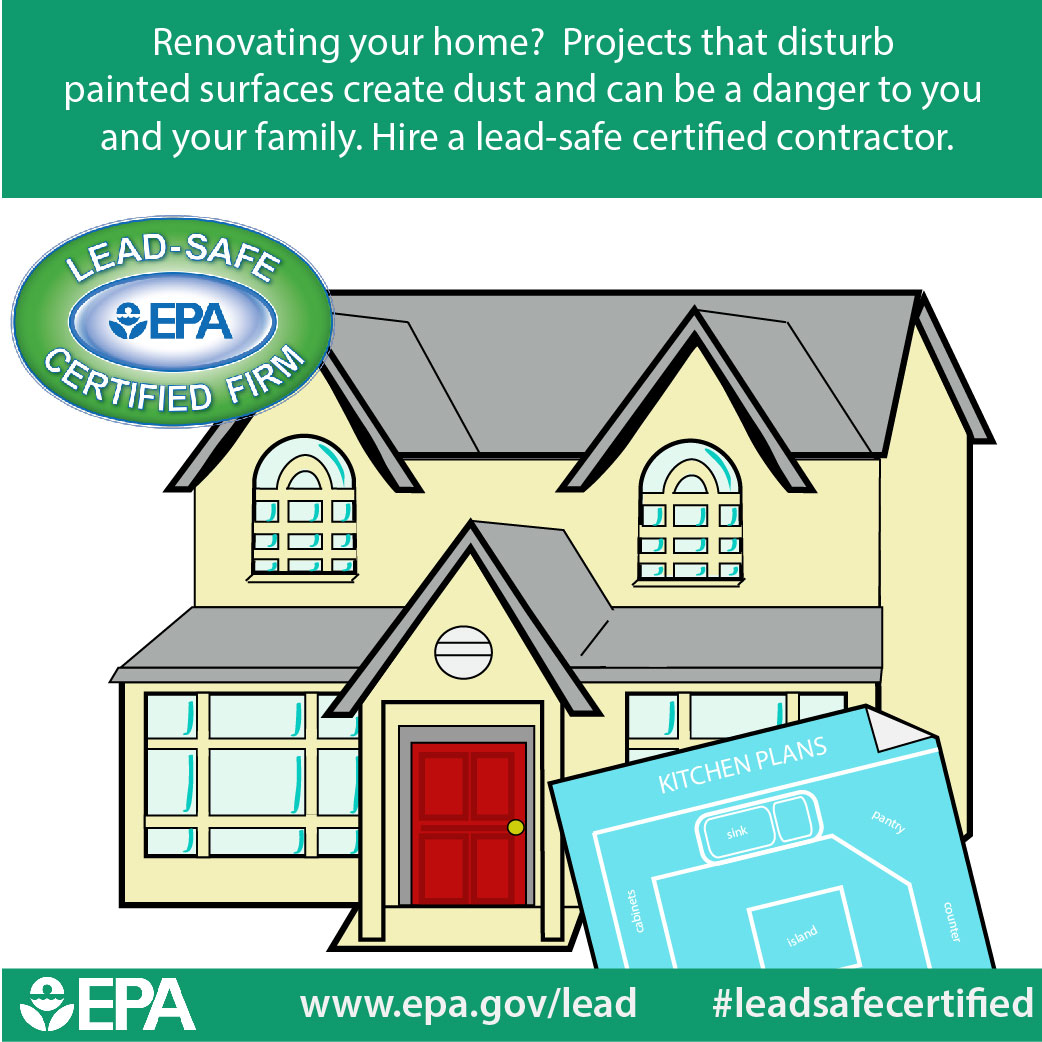Understanding The Crucial Differences In Between Exterior And Interior Paint Can Substantially Affect Your Job. It Is Very Important To Acquaint Yourself With These Distinctions Before You Begin Your Work
Understanding The Crucial Differences In Between Exterior And Interior Paint Can Substantially Affect Your Job. It Is Very Important To Acquaint Yourself With These Distinctions Before You Begin Your Work
Blog Article
Post Created By-Ratliff Weaver
When you're choosing in between interior and exterior paint, it's necessary to recognize their fundamental distinctions that affect both performance and visual appeals. Inside paints are crafted for lower VOC levels and smoother surfaces, making them suitable for indoor spaces, while outside paints are made to endure severe climate condition and UV exposure. Each kind offers an unique purpose, yet understanding when to make use of one over the other can greatly influence your job's outcome. So, what aspects should you take into consideration when making your choice?
Structure and Solution
When picking between interior and exterior paint, comprehending their make-up and solution is critical. Interior paints generally consist of a lower amount of unstable organic substances (VOCs), making them more secure for interior air quality. You'll discover they often have a smoother finish, which improves their ability to withstand spots and enables less complicated cleaning. They're made to endure the roughness of interior atmospheres, consisting of varying humidity degrees and temperature variations.
On the other hand, outside paints are created to withstand harsher conditions. They typically include greater levels of pigments and ingredients to resist fading from UV rays, in addition to to stop mold and mold development. Their make-up includes more binders and materials, which offer much better attachment to surfaces exposed to the elements. This makes sure the paint can endure rain, snow, and changing temperatures without peeling or cracking.
Performance and Longevity
Assessing performance and resilience is vital when picking between interior and exterior paint. Interior paint is designed for surface areas that experience less damage. It normally stands up to fading and scuffing, making it optimal for living spaces and bed rooms. However, it might not hold up well in high-moisture areas like bathroom and kitchens without appropriate formulation.
On please click the following webpage , exterior paint faces harsher problems. It's crafted to withstand UV rays, rainfall, and temperature changes. This sort of paint usually includes additives that stop mold and mildew development, guaranteeing durability in various climates. When you make use of external paint, you can expect it to last a number of years longer than indoor paint, supplied it's used correctly.
One more key distinction lies in the coating choices. Interior paints usually have a variety of coatings for aesthetic appeal, while exterior paints prioritize toughness over sheen. If you're seeking something that can take care of the elements, exterior paint is your best option.
In contrast, if you're concentrated on indoor aesthetics with much less issue for severe problems, indoor paint might be suitable. Eventually, https://www.timesofisrael.com/ronald-lauder-reaches-deal-with-jewish-family-for-klimt-painting-lost-under-nazis/ needs to align with the details needs of the environment.
Visual Considerations
A fresh layer of paint can change a space, but visual considerations play a crucial function in your choice in between interior and exterior choices. When you're choosing paint, think about the mood you want to develop. Interior paint allows you to discover a larger variety of shades and finishes, allowing you to share your individual style and boost your home's setting. Whether you go with soft pastels or vibrant colors, the best indoor paint can make your rooms really feel cozy, dynamic, or calm.
On the other hand, exterior paint needs to line up with your home's style and the surrounding atmosphere. Right here, you're not simply making a design statement; you're also taking into consideration curb charm. Selecting shades that integrate with your area can improve your home's value and aesthetic appeal. Bear in mind that outside paint is additionally based on fading and weather changes, so picking a timeless shade can save you from constant repainting.
Eventually, think about how each choice fits your vision. By aligning your paint choice with your desired aesthetic, you can produce areas that show your character while keeping functionality.
Conclusion
When it comes to selecting paint, understanding the key differences in between exterior and interior alternatives is vital. Inside paints focus on appearances and reduced VOCs, making them perfect for improving your interior rooms. In contrast, outside paints are created for resilience and weather resistance, shielding your home from the components. By considering your details requirements and the setting, you can confidently pick the appropriate paint to attain the look and durability you prefer for your area.
